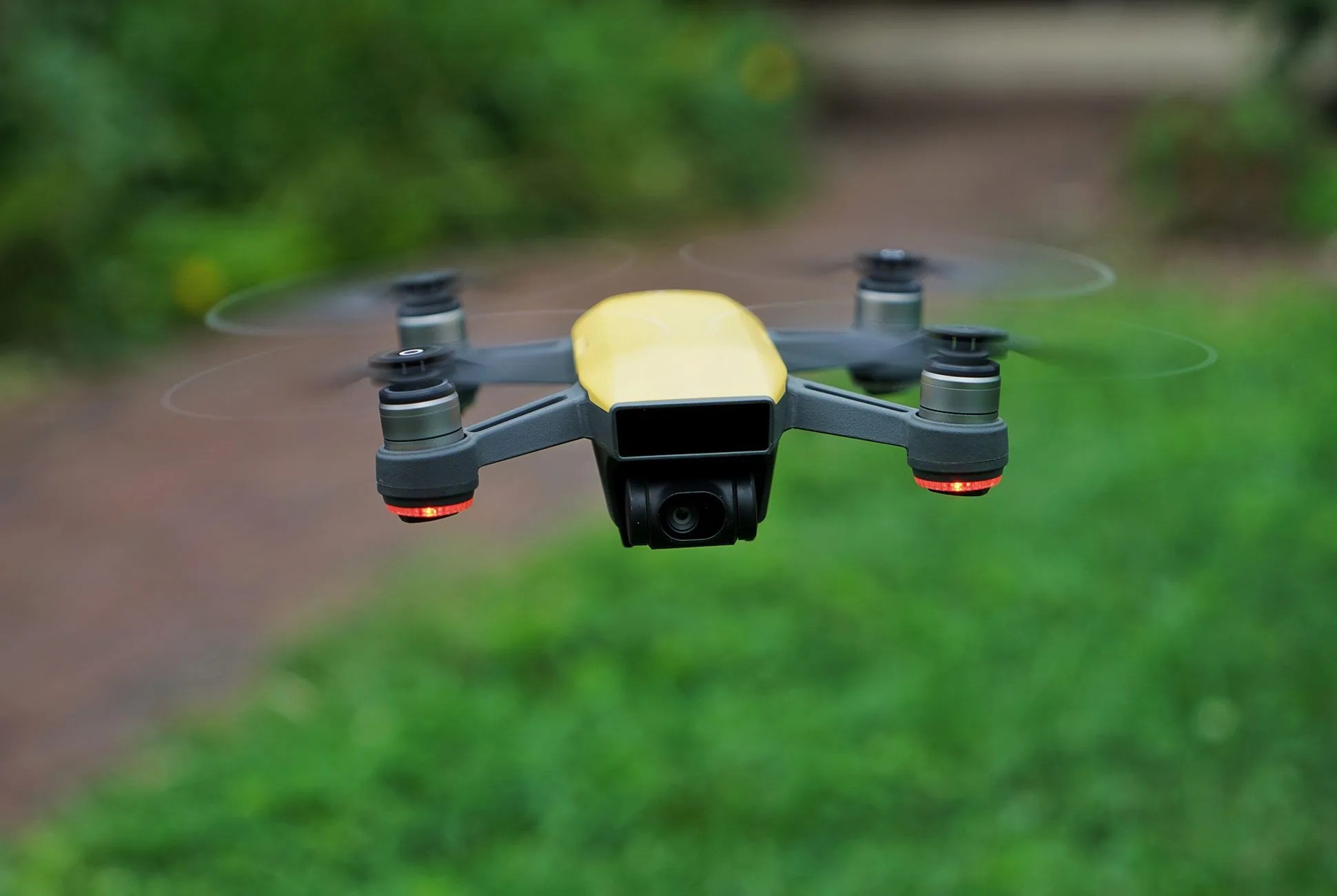Future drone historians will likely debate the significance of different models in the evolution of the drone species. They could argue that the original DJI Phantom, circa 2013, was the one that started it all, or that the Parrot AR.Drone ($180), being more accessible, got the ball rolling. Then they’ll work themselves into a tizzy debating the importance of the Mavic Pro in terms of making drones legitimately portable.
I’d argue, though, that the new DJI Spark ($399) — cute, small, of modest capabilities compared to its bigger brethren — is in many ways the most important drone yet. Not because it’s small enough to fit in your quasi-ironic fanny pack, and not because it’s a particularly spectacular technological triumph (seeing as it’s actually only marginally good at what it’s supposed to do best), but because it takes a fairly hefty risk in order to innovate.
That risk: hand gestures.
Consider the big picture. You can stand there in front of a tiny, hovering robot and move your hand up and down to raise or lower it, feint left or right to reposition it, and signal it to start or stop recording or to take a picture or return to you. All with hand gestures. When I experimented with the drone recently, it proved relatively awkward and spongy in its responsiveness to my movements but it was ultimately an effective enough way to control the drone. I got used to it eventually. More importantly, though, using the Spark was a bright window into where this technology is headed. As a comparison: The first driver aides that appeared in cars a decade ago — lane departure warning, adaptive cruise — were all a bit rough around the edges at first, but they’ve since evolved to seamlessly integrated tools. Hand gestures still have a way to go, but they have the potential to become essential.
Soon enough, I suspect, we’ll have far more subtle gestures you can define yourself so you won’t look like a Navy signalman talking to another ship in semaphore. Responsiveness will improve until it becomes immediate. There will be a greater range of flight options, from typical preprogrammed modes — drone selfies, follow, orbit, panorama, etc. — or simple speed and direction maintenance, controlled with a flick of the finger.
As for the current Spark, it’s a perfectly great product. Admittedly, the awkwardness of the hand gestures makes them tough to use consistently — since it’s so much easier to just fly the thing with the controller right now. However, the rest of the features and capabilities justify the not-insignificant cost of $399. (If the price tag still makes you flinch, consider that a GoPro Hero 5 also costs $400, and this action cam actually flies.)
The DJI Spark is more compact than the Mavic and is plenty durable. It can be launched from the palm of your hand, boots up in seconds, comes in fashionable colors, and has the tracking and sensing systems of its bigger siblings to keep you out of trouble while still producing smooth and steady tracking shots with its range of camera modes. It has its own tricks, too, including Pano and ShallowFocus modes to make 180-degree panoramic images or shots with shallow depth of fields — for that nice airborne bokeh effect you’ve always wanted. The drone will fly for 16 minutes on a charge, while sending video back from up to 1.2 miles away, while using the remote controller rather than the smartphone connection.

